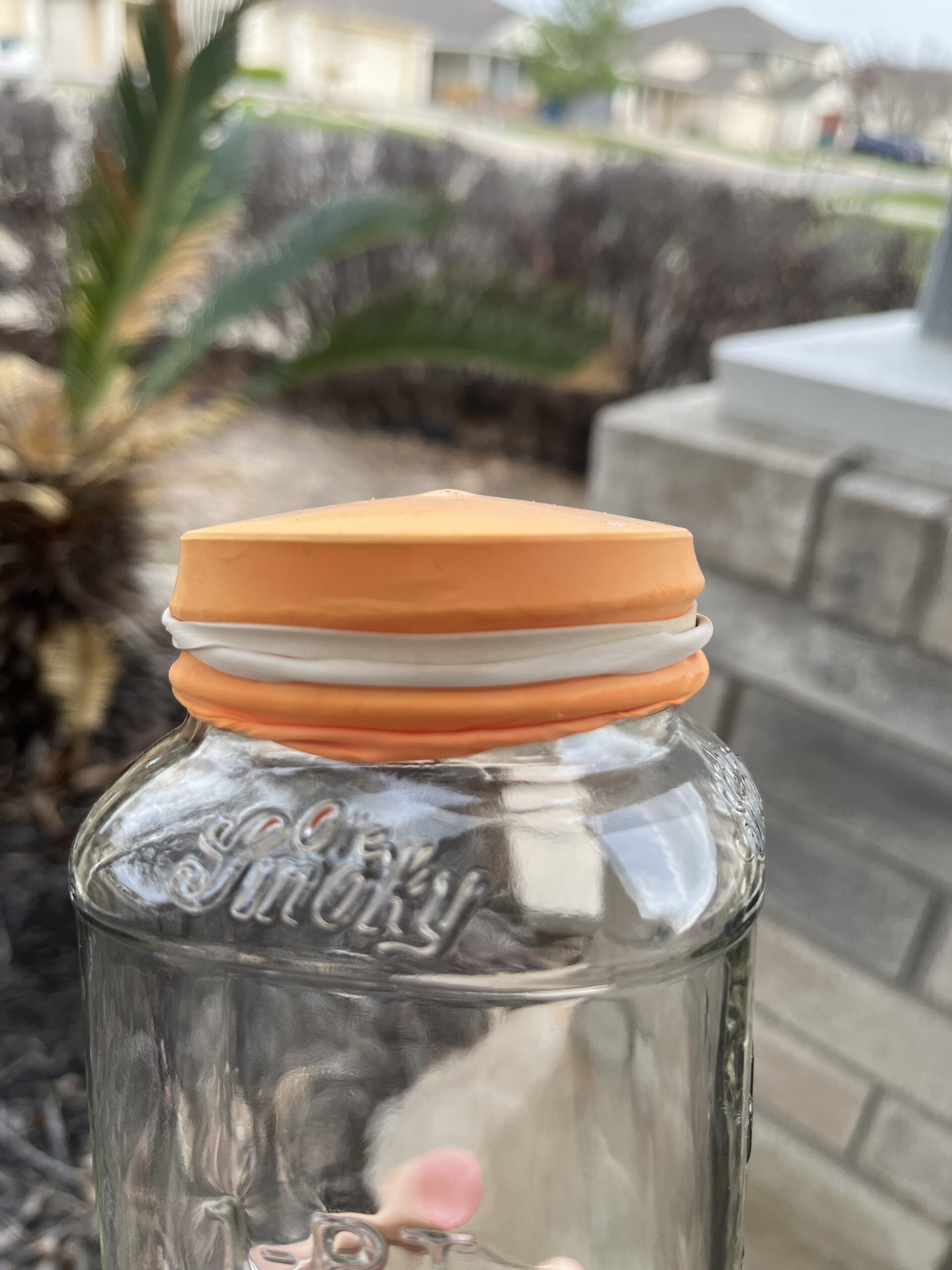Did your child LOVE the weather lesson plan? Are they super excited about all things weather? Well now they can predict the weather with a homemade barometer! The best part? It is amazingly simple!
What is a Barometer?
Thank you for your wonderful question! A barometer is a scientific instrument that measures atmospheric pressure. Just like how gravity affects us and pulls objects to the surface of the Earth, gravity also pulls down the air, or our atmosphere. The weight of the air being pulled down to the surface of the Earth creates a pressure, known as atmospheric pressure. This pressure can be measured using a barometer.
Why do we care about this pressure?
Atmospheric pressure is used in many scientific calculations. It can also be used to predict short term weather in your area! If the atmospheric pressure decreases, there is low pressure in the area which means that a low pressure system may be moving into the area. You better grab a raincoat!
Creating a homemade barometer will allow your little meteorologist to create predictions about the weather! This is a great activity to practice scientific inquiry as well as logic and reasoning! Don’t forget on the most important jobs a meteorologist has: reporting the weather! This is a great way to introduce communication skills into your day as well!
Materials for Your Homemade Barometer
For this activity, you only need a couple of things and most of which may already be laying around your house! Things you will need:
- A Jar or a can
- Having canned green beans or corn for dinner? SAVE the can! Give it a good rinse. Dry it out Pull of the label and you are good to go!
- Have mason jars laying around? Those are perfect too!
- A balloon
- A rubber band
- Scissors
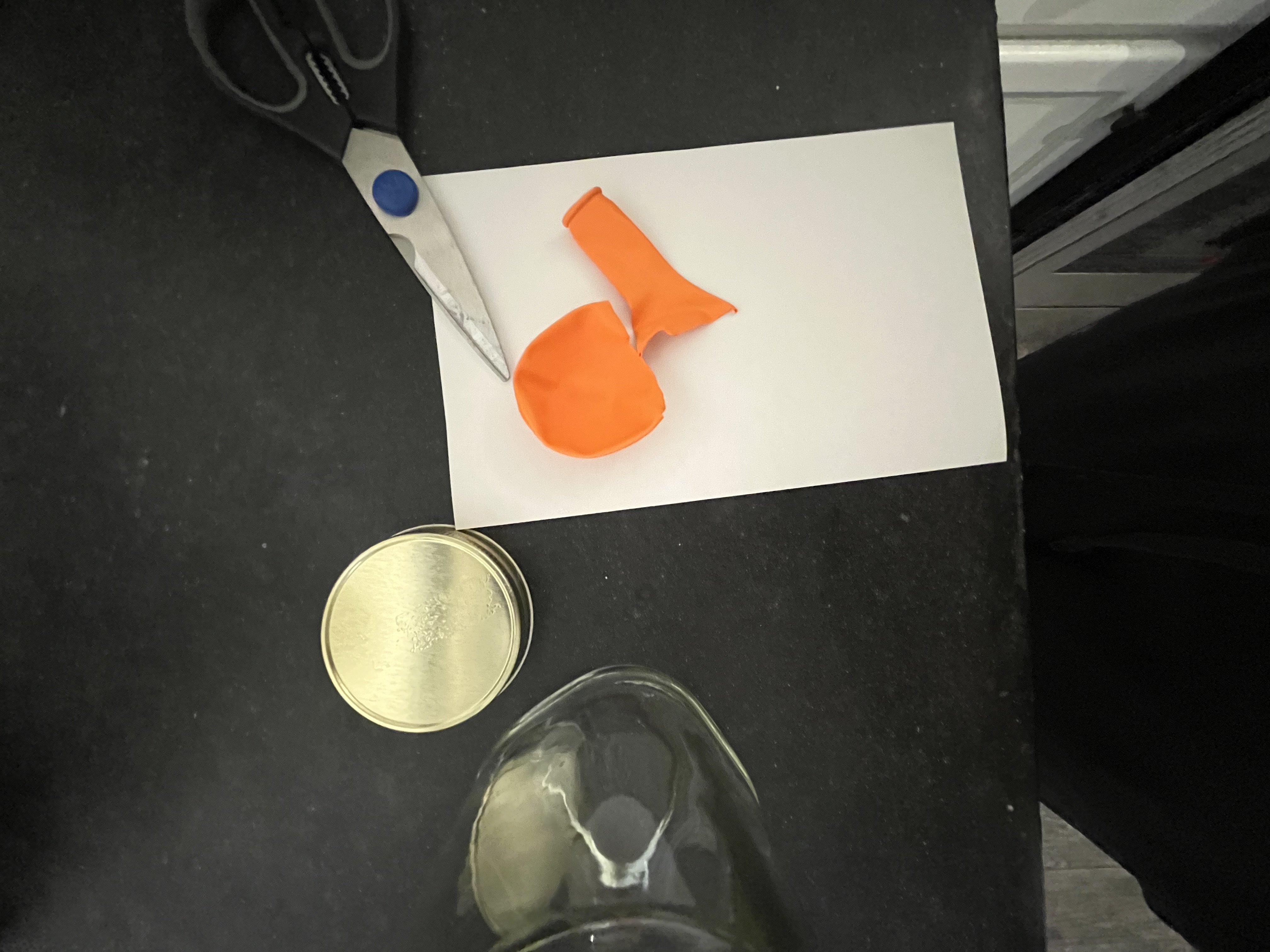
That its! This activity is SO simple and EASY to set up!
Creating Your Barometer
- Gather your materials
- Cut your balloon so that you have only the top half circle part of the balloon.
- Stretch the balloon over the opening of the jar. The jar should now be closed and no air should be able to pass through.
- Wrap the rubber band around the jar opening to hold the balloon in place.
- Set your barometer outside and observe.
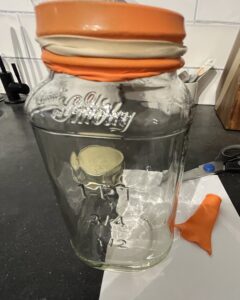
Done! Creating a homemade barometer is QUICK and EASY!
How to Read Your Homemade Barometer
So now you have a super cool, barometer. Now we need to know how to read the instrument. Remember scientific tools are only useful if you, as the scientist, can interpret the data you are collecting.
Since a barometer measures atmospheric pressure, we need to understand the differences in our two systems. We have the open air of the outside environment, and we have the closed system of the barometer. Since we have closed off the barometer and no air can go in or out it thanks to our balloon, the pressure caused by the air inside can vary from the pressure of the air outside.
When Your Barometer is the Same
When you see no change in your barometer, it means that the atmospheric pressure on the inside and the atmospheric pressure on the outside are exactly the same! Neither pressure is enough to push the balloon in or out.
When Your Barometer is Convex
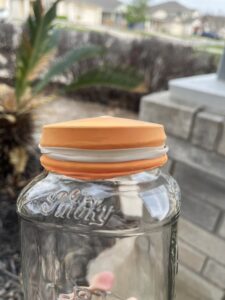
What is happening to your barometer when it is bulging out? The pressure on the inside of the barometer is greater than the pressure on the outside of the barometer.
So the air on the inside is creating more pressure than the air on the outside, and the air molecules on the inside are trying to move to an area that has less pressure.
If the outside area has less pressure, it may mean that there is low pressure system coming through your area. The low pressure system typically brings in the rain! You might need an umbrella!
When Your Barometer is Concave
What happened when your barometer caved in? Well the pressure on the outside of the barometer is greater than the pressure on the inside of the barometer.
Think of it this way: the air is pushing down on the balloon harder than the air is pushing on inside. This causes the balloon to become concave, or caved in.
Earlier we learned that when there is low atmospheric pressure, we might be expecting rain. So when the atmospheric pressure is high, we may be able to expect some beautiful sunshine!
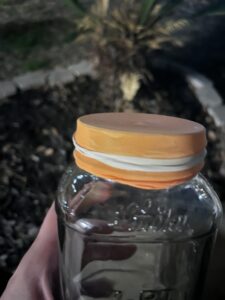
Looking For More Educational Resources?
- Checkout National Geographics article to learn more about barometers
- Want to know more about weather patterns? NOAA does a great job explaining how weather patterns are created!
- Learn more about Atmospheric Pressure from National Geographic.
Final Thoughts
How did your barometer experiment go? Do you have a little meteorologist on your hands? What was your favorite part of this activity?
Thank you all for taking the time to read! I hope you and your child have so much fun becoming a meteorologist with this EASY homemade barometer. Feel free to comment or share below!

